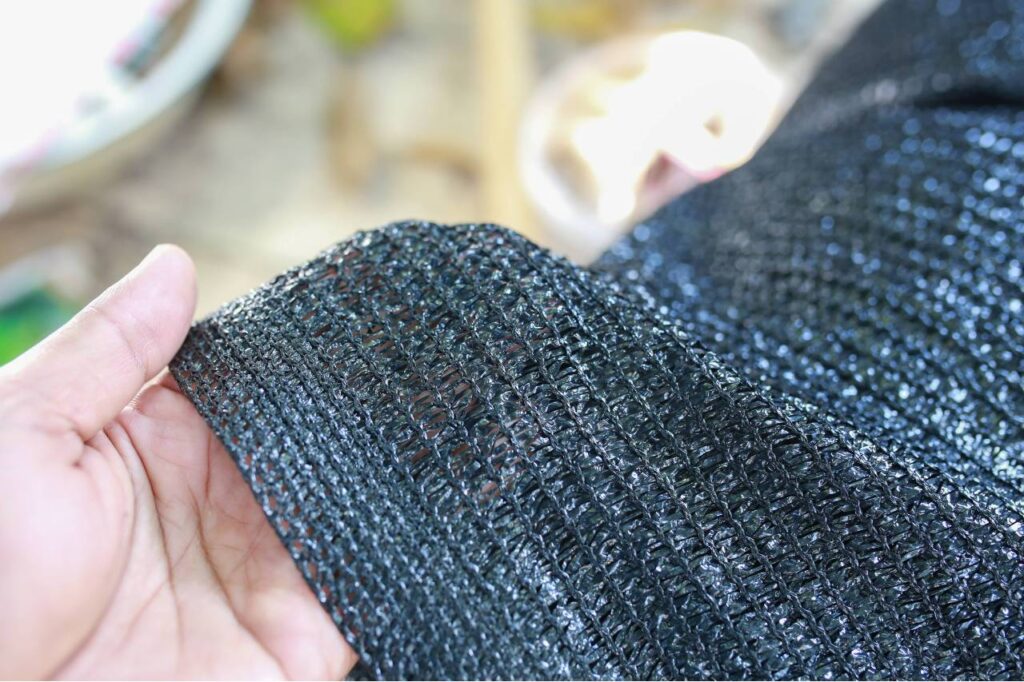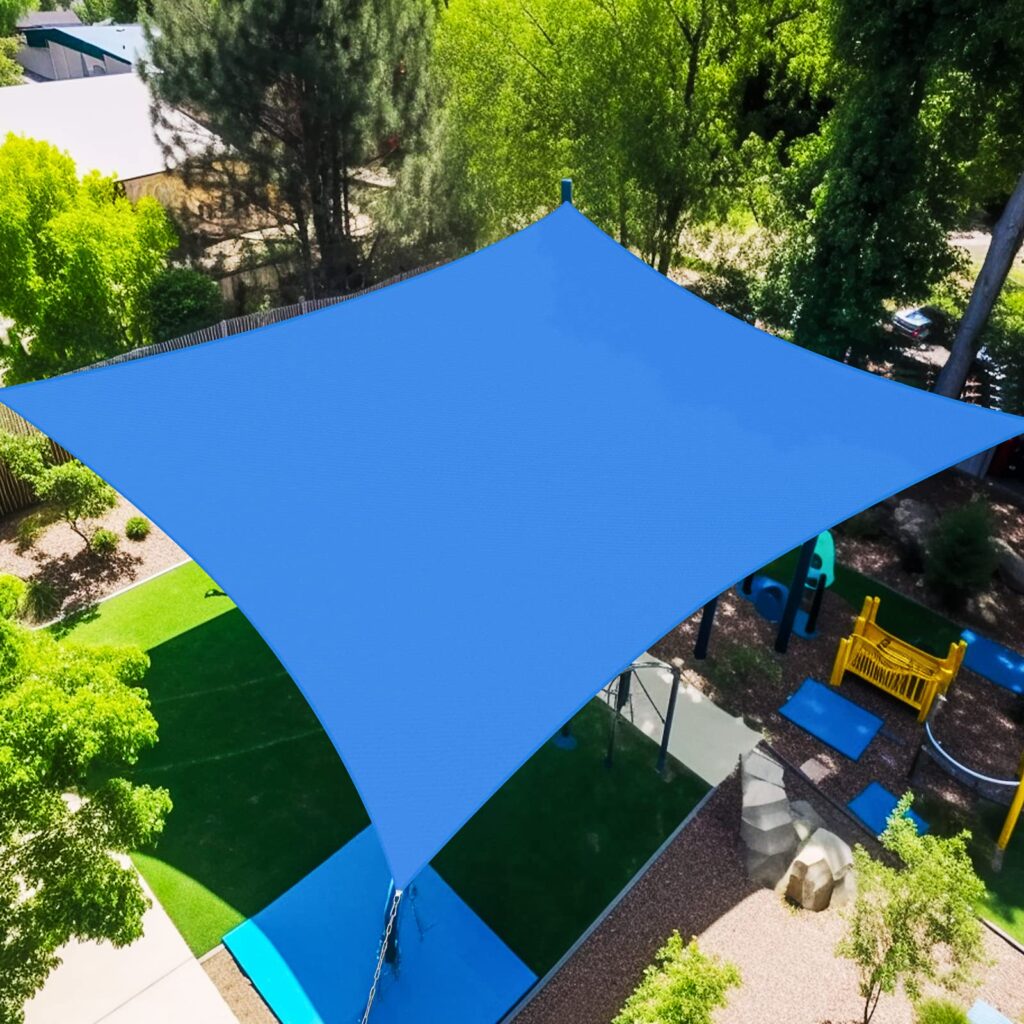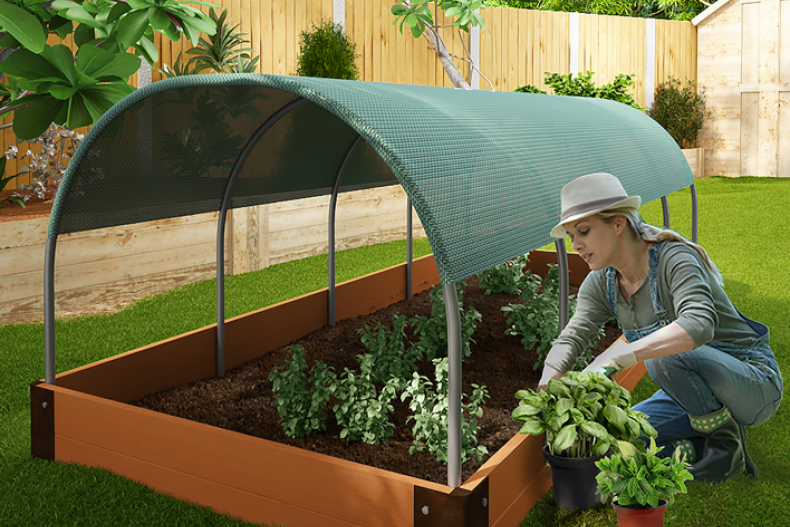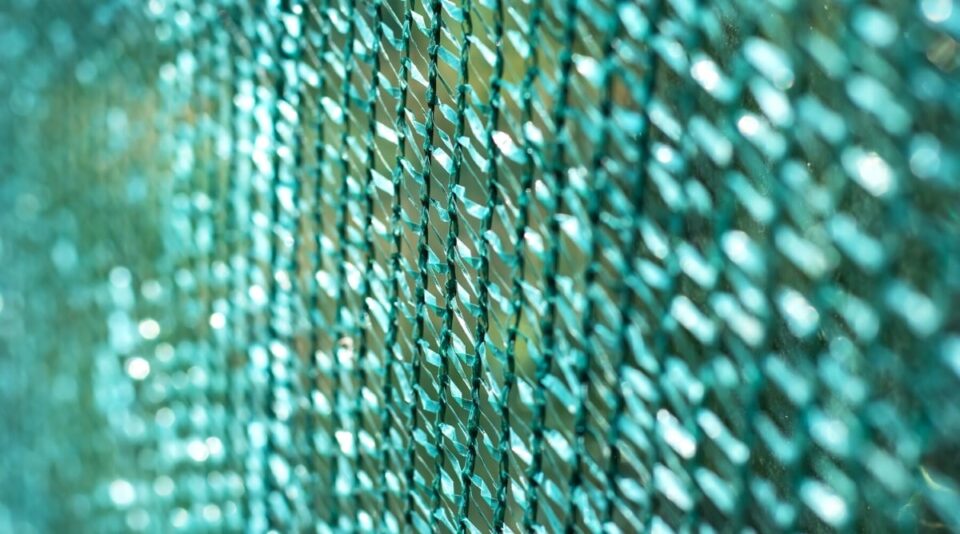A shade cloth is like a big, protective umbrella for your garden, your animals, or even for you when the sun gets too hot. It helps to keep things cool, dim the bright sunlight, and shield us from those sneaky UV rays that can be harmful.
Thanks to the smart folks who keep making better textiles, we now have these cloths in different materials, how thick or thin they are, and in lots of colors. Each color has its own special job, influencing how plants grow, making our outdoor spaces more comfortable, and even saving on energy costs.
We’re going to take a little journey into the world of shade cloth colors to find out which one might be just right for you.
How Plants See Light
First off, let’s chat about plants and light. Plants are pretty clever; they use light not just to make their food through photosynthesis but also to figure out when to grow, bloom, and how to stay strong.
The color of light matters a lot here. For instance, red light is like a signal for plants to start making flowers and fruits, while blue light tells them to focus on growing strong leaves.
This bit of science is super important when we think about what color shade cloth is best and you can learn more about it at qibangnetting.com.
The Go-To: Black Shade Cloth

Black shade cloths are super popular because they do a great job of providing even shade without messing with the natural colors of sunlight that plants love.
They soak up some of the sun’s heat and help keep things cool underneath, perfect for places where the sun is extra strong. They’re like the trusty friend you can always count on for almost any kind of plant.
Staying Cool with Reflective Shades
In places where it feels like you’re living on the sun, reflective shades like Aluminet or white shade cloths are the heroes. They bounce back a lot of sunlight, keeping the area underneath much cooler. Aluminet is like having a bunch of tiny mirrors reflecting light all over, which means no hot spots and a gentle, even light for your plants.
White shade cloth might not be as shiny, but it still does a great job of keeping things chill and looks great in backyards, patios, and spots where animals hang out.
Boosting Growth with Red and Blue

Thanks to some smart folks in the world of farming science, we now have red and blue shade cloths. These are pretty special because they can tweak the light that gets through, helping plants in specific ways.
Red can make some plants flower more or produce more fruit by upping the red light. Blue can make plants grow strong and sturdy, with tight spaces between the branches. These are perfect for when you want to get the most out of certain plants.
Green: Nature’s Camouflage
Green shade cloths are more about looking good and blending in than changing how plants grow or the temperature.
They’re great for places where you want the shade to look natural and not stick out like a sore thumb, like in parks or decorative smart gardens.
The All-Rounder: Gray Shade Cloth

Gray shade cloth is the middle ground. It doesn’t mess with the light colors as much as the shiny or colored cloths but offers a nice, soft shade that works for a bunch of different uses.
Its low-key color is great for places where you don’t want the shade cloth to be the center of attention.
Custom Colors for Unique Needs
If you’re after something really specific, there are custom colors out there. From amber that helps with root growth to cloths that mix and match colors for different effects, these are a bit pricier but can do exactly what you need, whether it’s for research, special plants, or just because it looks cool.
Blending In With Beige and Tan
Beige and tan shades are all about looking natural and fitting in with your outdoor space. They’re soft on the eyes, reflect a good amount of sunlight to keep things cool, and let just enough light through for healthy plants. They’re perfect for a natural look, especially if you’ve got wooden decks or stone paths.
Getting Creative with Patterns and Colors

As shade cloths keep getting better, now there are even ones with multiple colors or patterns. These can be really fun, adding a splash of art to your garden while still doing all the good stuff for your plants.
It’s like having your cake and eating it too—your garden gets to be healthy and look amazing.
Easy Tips for Picking the Right Shade Cloth
Choosing the perfect shade cloth isn’t just about the color. It’s like picking the right outfit for the weather; you’ve got to consider a few things to make sure you’re comfortable and looking good. First, think about what you’re using it for.
Is it for your veggie garden, your patio, or maybe for your furry friends to have a shady spot? This helps narrow down the choices. Then, think about your weather. If you’re in a place that’s super hot and sunny all the time, those reflective ones might be your best bet.
But if you’re more about making your garden look pretty while still protecting your plants, maybe go for those natural tones like green, beige, or tan. And don’t forget to check how thick the cloth is – thicker cloths block more sun, but they also let less light through, so find that sweet spot.
Wrapping Up
Choosing the right shade cloth color is all about knowing what you need. Whether it’s keeping things cool, helping your plants grow just right, or making your garden look like a piece of art, there’s a shade cloth out there for you.
From the trusty black and cooling whites to the funky reds and blues, and even the natural-looking beiges and tans, you’ve got options to make your outdoor space both functional and stylish. And let’s not forget those special custom colors and patterns that let you really personalize your space.

